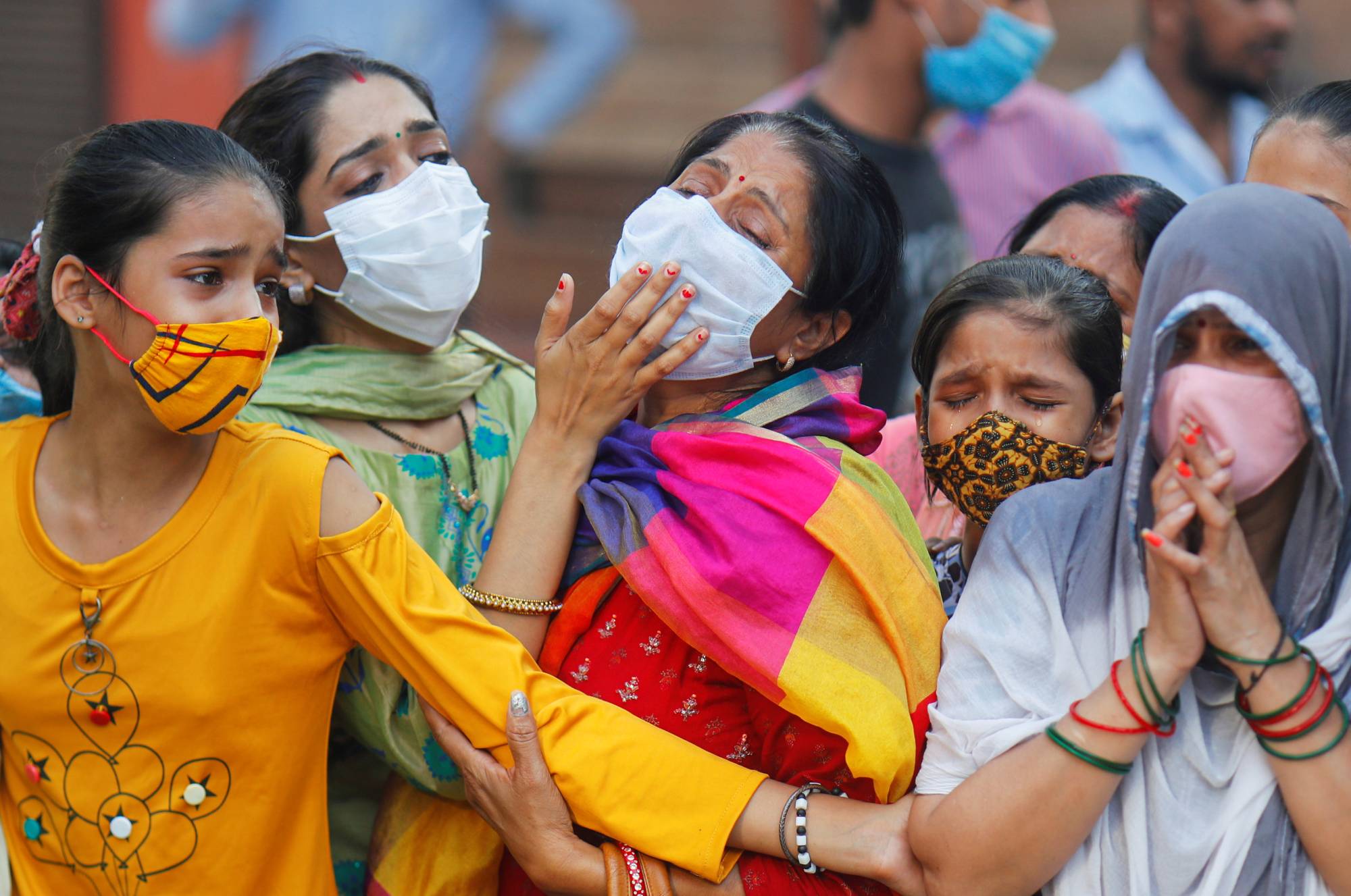This week, the world marked a grim milestone as the 1 millionth death from the COVID-19 pandemic was recorded. The death count grows by several thousand every day. Horrific as that number is, it is likely that the actual death count is much higher. It will certainly grow: Dr. Mike Ryan, head of the emergency program at the World Health Organization (WHO), warns that even 2 million deaths are possible.
Those deaths — over 1,500 of which occurred in Japan — are a fraction of the more than 33 million people around the world who have been infected with the disease in the nine months since COVID-19 was first identified in Wuhan, China. For those who survive the infection, life can be limited and painful, with lingering side effects that range from the inconvenient to the crippling. Unquantifiable, but no less debilitating are the psychic and psychological suffering that is inflicted. The global community is unlikely to ever know the cost of the loss of human contact, the divided families, uncertainty, fear and in some cases raw hostility that is being generated.
The economic impact of this crisis has reached historic proportions; and while not as bad as the Great Depression of the 1930s, it is thought to be about three times worse than the Great Recession of over a decade ago. The World Bank believes that this will be the first time since the Asian Economic Crisis of 1998 that global poverty will rise, with about 500 million people becoming impoverished as a result of the pandemic. In the East Asia and Pacific regions alone, some 38 million people are expected to either remain in, or return to, poverty.



